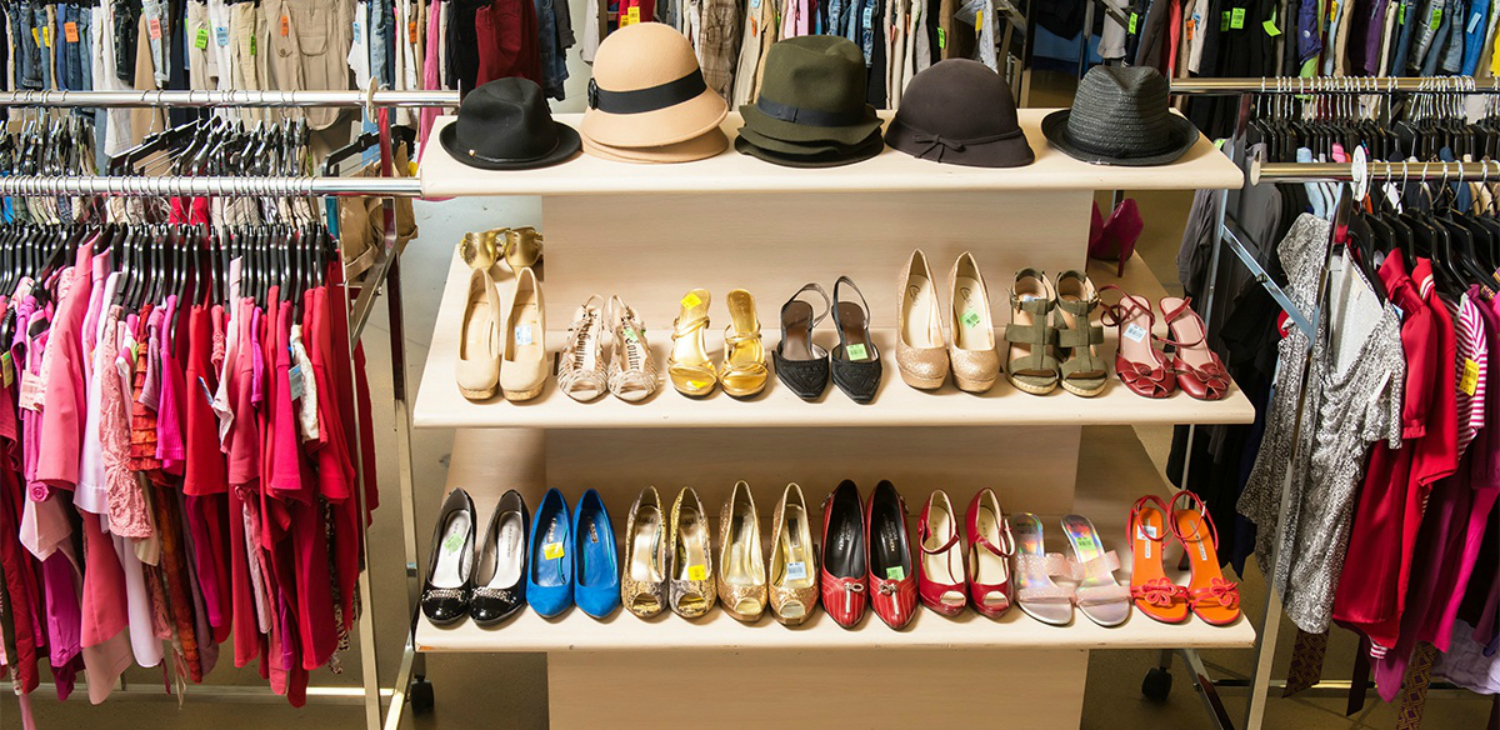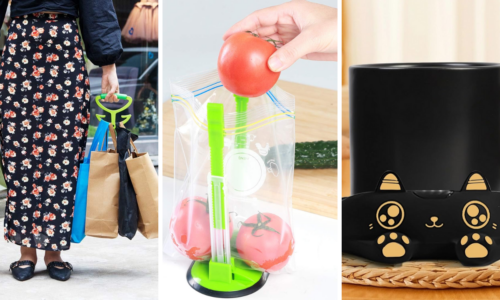Kat Tretina was already a big fan of shopping at thrift stores when the thought occurred to her: Would other people pay good money for the name-brand items she found while thumbing through the racks?
One day at Goodwill, she stumbled upon a pair of NYDJ jeans, regularly priced at around $120. Though they were four sizes too small, Tretina bought them anyway for just $5. After listing the pants on eBay, she resold them for more than $50. That’s a profit of 900 percent!
After that first sale, Tretina was convinced. Now, she resells thrift store finds online as a side gig to help build up her savings account. She regularly makes between $500 and $800 a month, even after making a few investments to help grow her business.
“The money has been excellent supplemental income and helped me significantly boost my savings. And with new clothing donations constantly coming in, I always have fresh inventory to sell,” she wrote in a post on The Penny Hoarder detailing exactly how she built her burgeoning side business.
https://www.instagram.com/p/BN-cwTpgkzs/?tagged=goodwillfinds
She says she started small by buying a cheap postal scale for $21 on Amazon and three rolls of packing tape at the dollar store.
“For shipping materials, I used USPS’s free flat-rate envelopes,” she wrote.
Next, she started poking around online for thrift stores in wealthier neighborhoods, where women might be more likely to get rid of name-brand and higher-end pieces of clothing.
Tretina lists the items on eBay as auctions and offers free shipping. Before setting a minimum bid, she factors in the costs of shipping and eBay’s seller fees.
After she realized how much money she could make buying and reselling thrift-store garments, Tretina got serious and began analyzing which brands were top-sellers.
“J.Crew pieces sold instantly, while I could only sell Banana Republic sweaters and trousers; no one would bid on Banana Republic jeans,” she wrote. “If a sweater had even 1 percent of cashmere, it was a moneymaker—regardless of the brand name.”
She learned about search engine optimization so that more people would see her items and she taught herself basic web coding to build her own eBay templates, which make her listings appear more professional. She ordered free business cards and began including inexpensive thank you notes in each shipment.
“Feedback is essential for any eBay seller—and I found mine went up when I included thank-yous,” she wrote
She bought a $55 lower-body mannequin for photographing jeans and pants and began using an expandable dress form for tops and dresses, which helped increase bids on those items.
Because donated clothes tend to smell musty, Tretina says she started using an at-home dry cleaning system. She also bought a fabric shaver to make sweaters with heavy pilling look brand new and uses a steamer to smooth out wrinkles.
To make her photos look even more professional, she uses a $2 white sheet pinned to the wall and a photo editing software that removes backgrounds from images.
“It’s a very part-time job,” she wrote. “It usually only takes me about 10 to 15 hours a week to shop for items, take pictures, list items and ship them out.”







